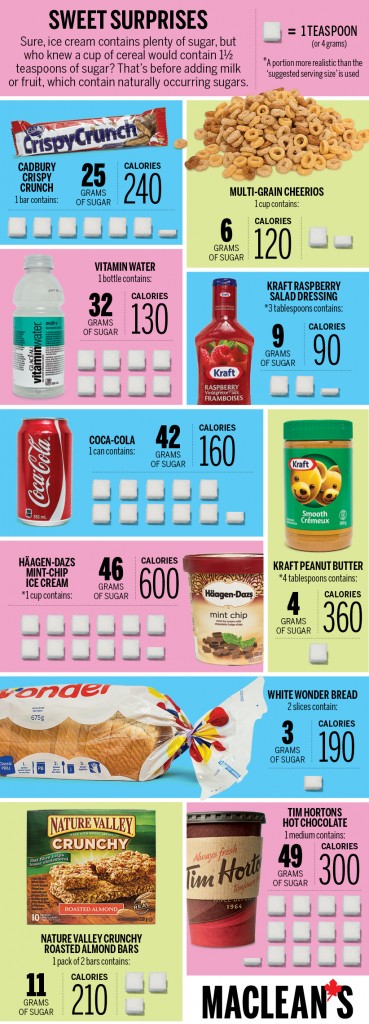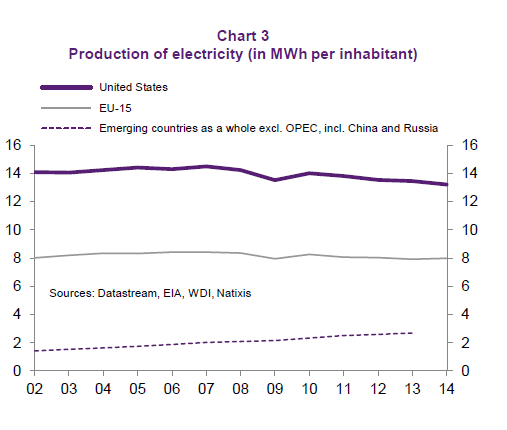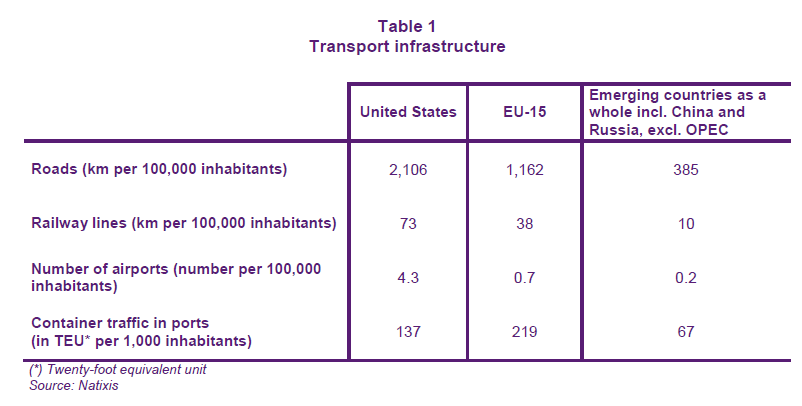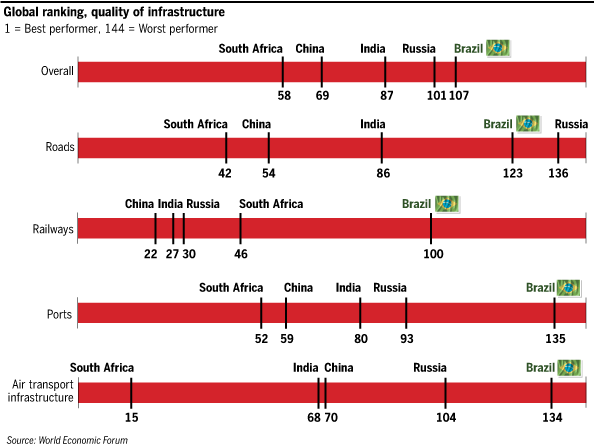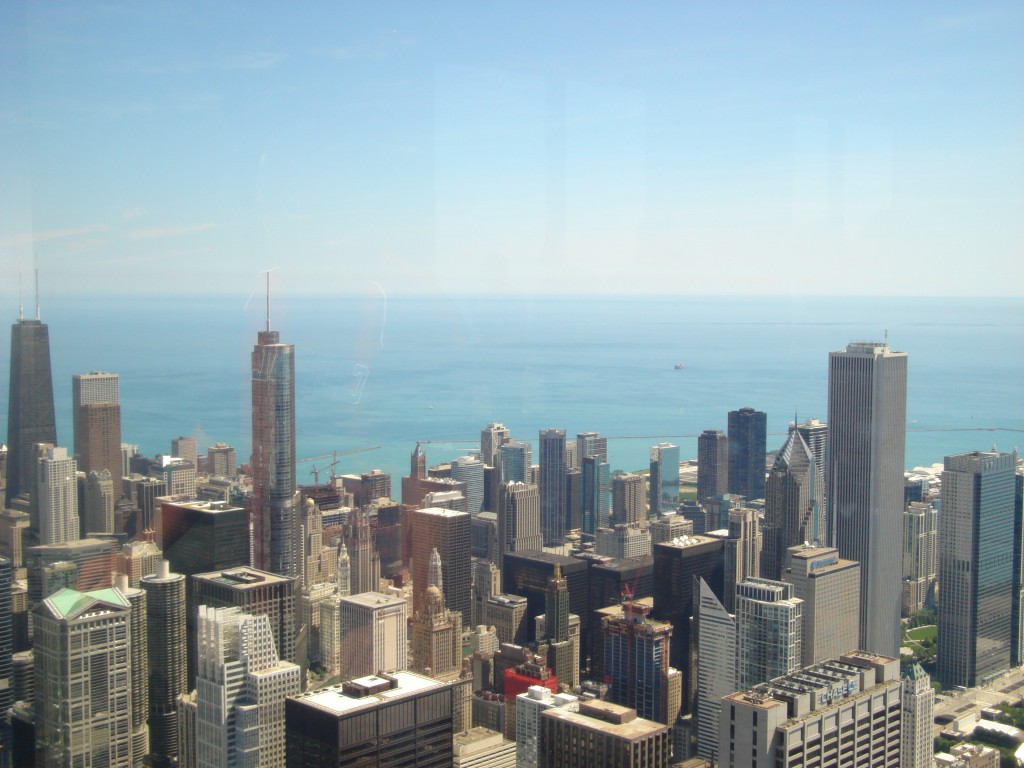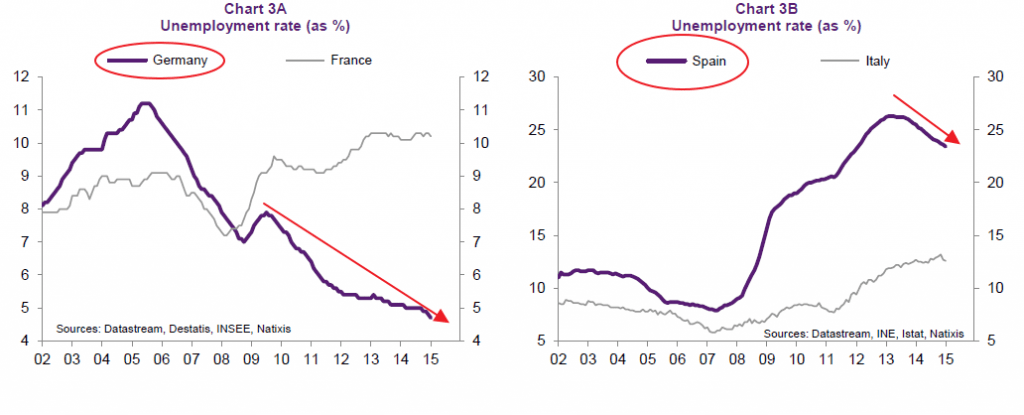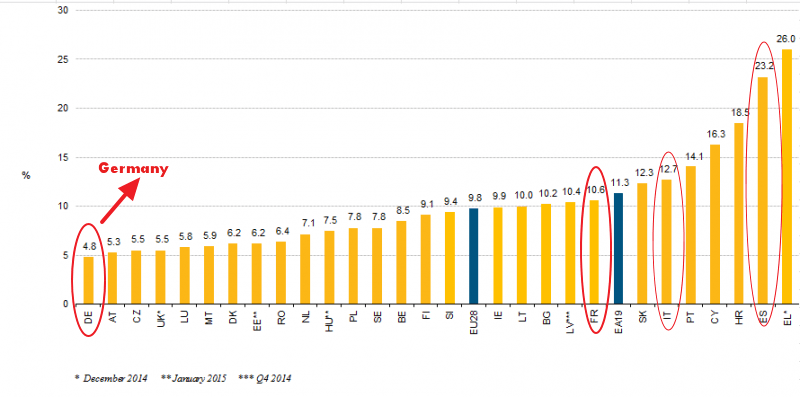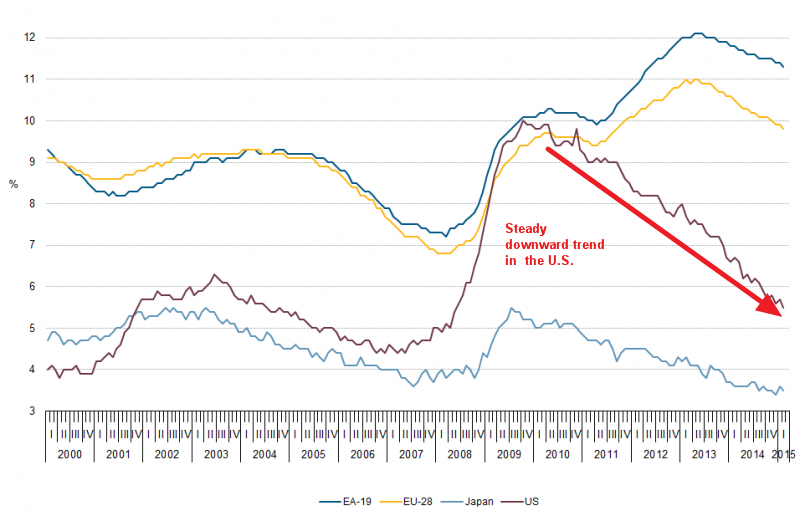Sugar is one of the most potent “drugs” that is consumed by masses on a daily basis. High consumption of sugar followed by lack of any exercise or leading a sedentary lifestyle leads to obesity. In fact, obesity is one of the major healthcare issues in the U.S. where billions of dollars are wasted each year treating all the healthcare issues created by it. Sugar is one of the leading causes of obesity. This legally approved drug is mixed in plain sight with most of the foods we consume and is almost impossible to avoid.
The following are some of the interesting facts from an article on Sugar in MaClean’s magazine:
- Canadians eat 88 pounds of sugar per year. Americans naturally beat their northern neighbors with an annual intake of 96 pounds per person according to data from the U.S. Department of Agriculture.
- Of the 600,000 items sold in U.S. grocery stores, 80% of them have added sugar. Sugar is pretty much added to anything we buy as food from grocery stores. That is a can of “pure” orange juice with no added concentrate tastes like sugar water and nothing like orange juice. But since people have been drinking this type of orange juice since they were born most cannot even possibly know how an orange juice should taste like.
- Sugar or its cheaper substitutes like high-fructose corn syrup are added to nearly every single product we consumer including pasta sauce, salad dressing, bread, peanut butter, etc.
- Even “healthier” options such as low-fat ones also contain added sugar. Honey, fruit juices are no exceptions. Like I mentioned above with orange juice, there is no real juice sold in any store.
- According to the World Health Organization (WHO) sugar should make up less than 10% of our energy intake per day. But we already exceed that. No wonder obesity is a major epidemic keeping hospitals and health care professionals busy.
The infographic below shows how much sugar is in some of the favorite foods we eat:
Click to enlarge
Source: Death by sugar, MaClean’s
